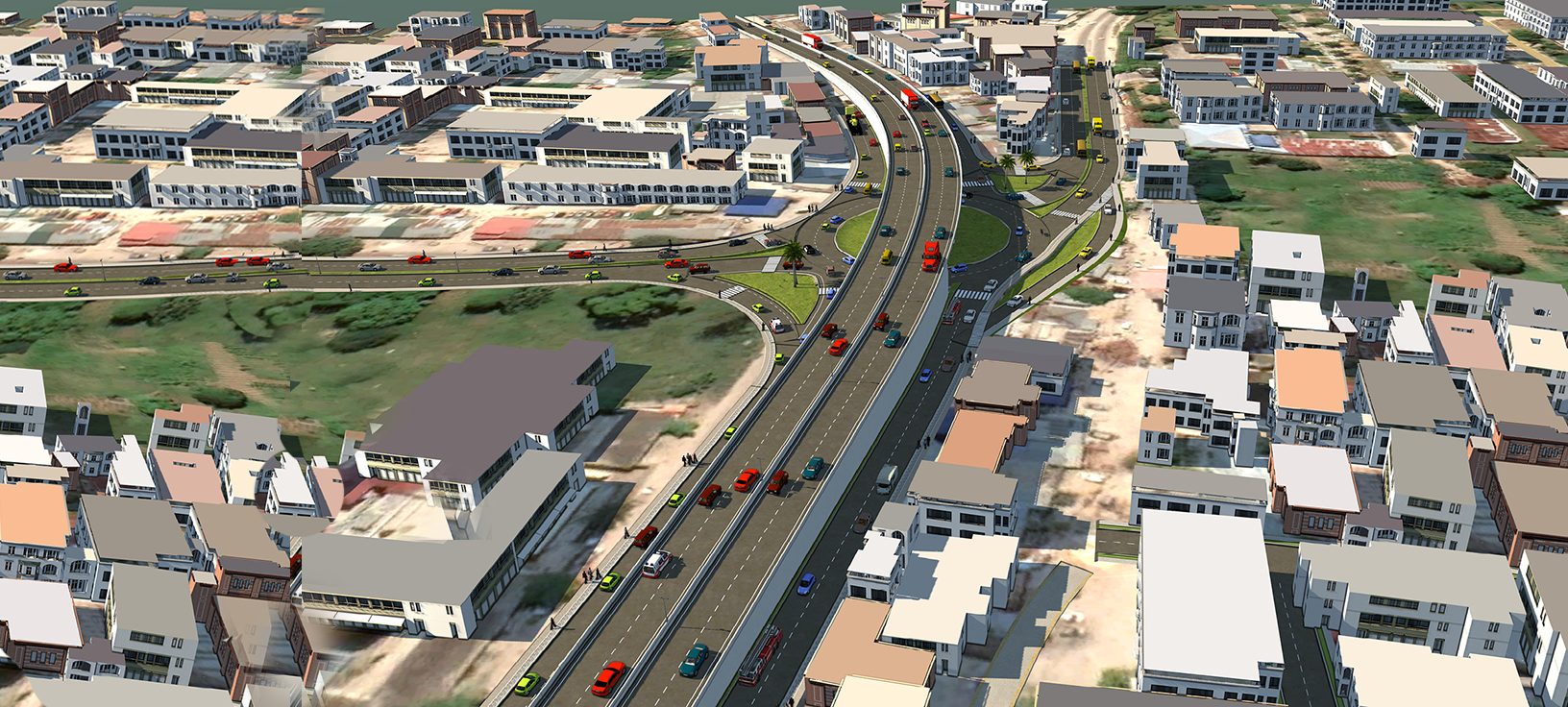
 Engineering positive change: delivering community-centric infrastructure in rural Africa
Engineering positive change: delivering community-centric infrastructure in rural Africa
Across the vast and diverse landscapes of rural Africa, many communities face significant barriers to accessing essential infrastructure. Limited access to clean water, sanitation, reliable transportation, and consistent energy supply impedes daily life, and deepens existing inequalities.
 A Sustainable Approach to Reservoir Management: Advanced Sediment Yield Forecasting Using SWAT
A Sustainable Approach to Reservoir Management: Advanced Sediment Yield Forecasting Using SWAT
Reservoir sedimentation is a growing concern for water resource managers and hydropower projects, as it diminishes water storage capacity, affects water quality and poses long-term challenges for operational efficiency.
 Building Partnerships for Sustainable Growth in the Solomon Islands
Building Partnerships for Sustainable Growth in the Solomon Islands
The Solomon Islands, an archipelago of nearly 1,000 islands, is emerging as a promising destination for investment in the Pacific.
 Hydropower in ASEAN: A Growing Force in the Energy Mix
Hydropower in ASEAN: A Growing Force in the Energy Mix
Southeast Asia is poised for a hydropower transformation, with countries committing to significant capacity increases. According to the 2024 World Hydropower Outlook, Indonesia plans to expand its hydropower capacity from 6.7 GW to 72 GW by 2070.









